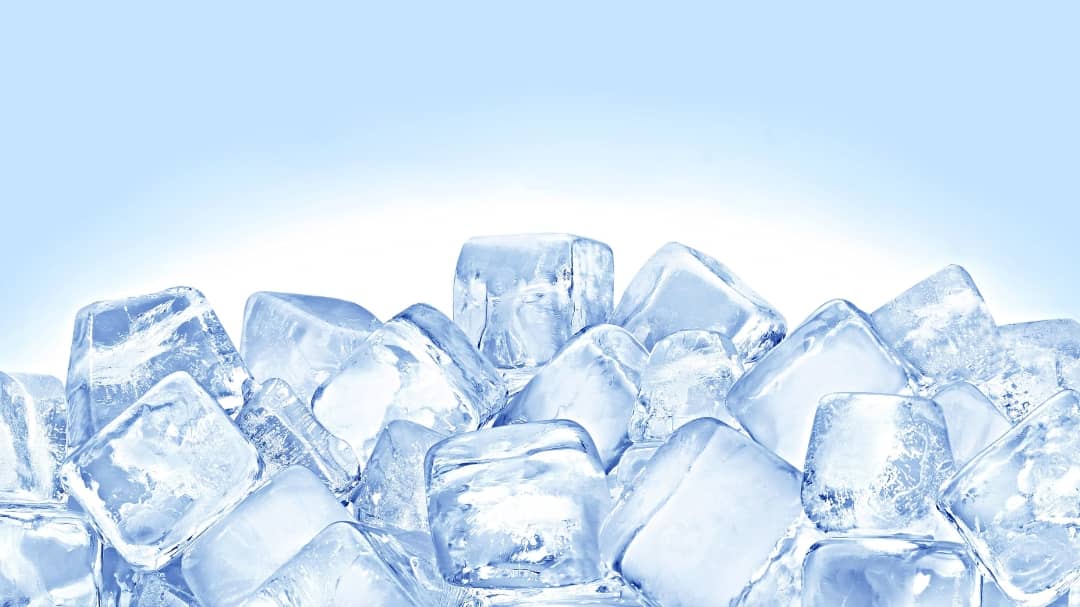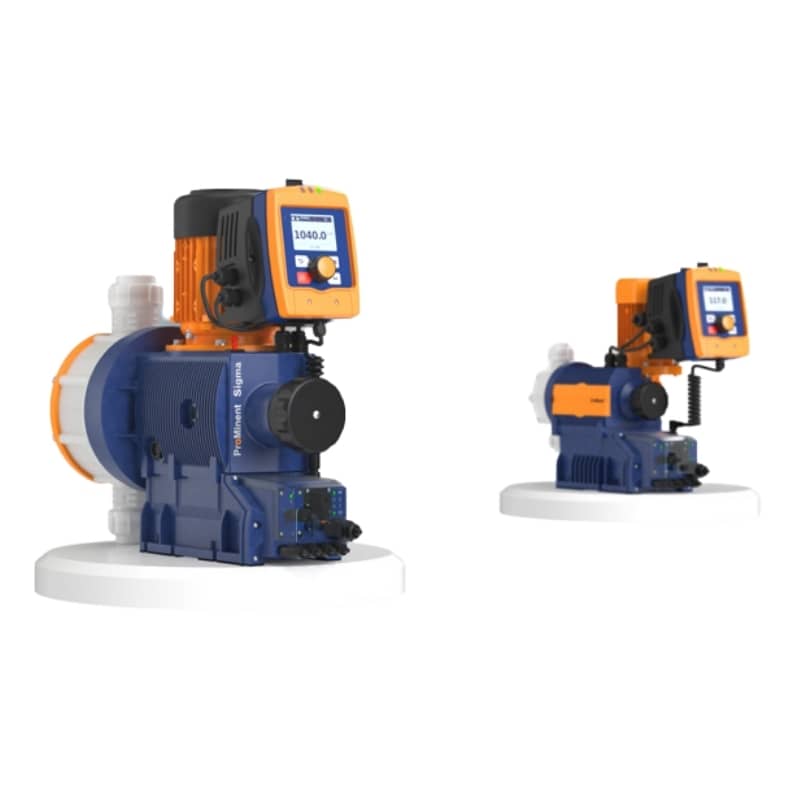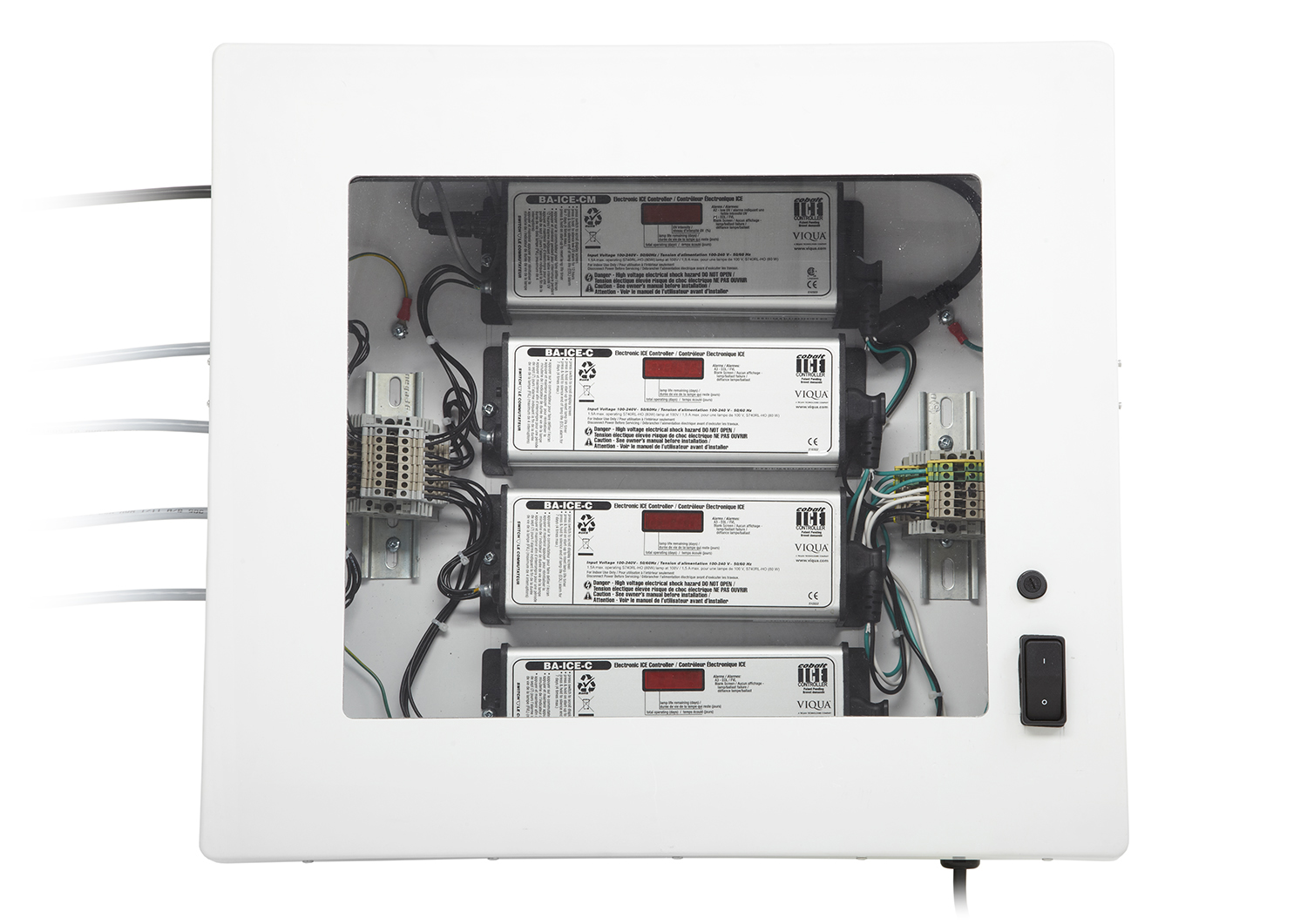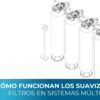Water for human consumption requires the necessary treatment to ensure the health and general welfare of the consumer. Incorrect treatment as well as the ingestion of raw water increases the risk of diseases such as diarrhea, cholera, hepatitis A, parasitic infections, virus and bacterial infections, among others. This is because the sources of bottled water may be natural springs, groundwater and surface water that may contain contaminants that make the liquid unfit for human consumption.
Raw water may contain suspended sediments such as soil and sand which modify characteristics such as appearance, color and taste of the water. There may also be organic chemicals such as pesticides and industrial chemicals, as well as heavy metals, among other contaminants that modify the properties that make water suitable for consumption.
Similarly, water for ice making requires the same purification treatments to ensure consumer safety when ingesting it. However, there are equipment and processes that can help improve ice quality and characteristics.










